Return to News Center
3D Function of Projector Screens
 Reviewed:0
Release time:2025-09-12
source:About Us
Reviewed:0
Release time:2025-09-12
source:About Us
Guide:
The 3D function of projector screens has revolutionized the viewing experience, transporting audiences into immersive virtual worlds and adding a new dimension to entertainment, education, and professional presentations. This technology leverages specific optical and visual principles to create the

The 3D function of projector screens has revolutionized the viewing experience, transporting audiences into immersive virtual worlds and adding a new dimension to entertainment, education, and professional presentations. This technology leverages specific optical and visual principles to create the illusion of depth, making objects on the screen appear to protrude towards the viewer or recede into the background.
To achieve the 3D effect, several techniques are commonly employed. One of the most prevalent methods is active - shutter 3D. In this system, the projector rapidly alternates between displaying the left - eye and right - eye images at a high frequency, typically 120Hz or more. Viewers wear special active - shutter glasses that contain liquid - crystal shutters. These shutters are synchronized with the projector's frame rate, blocking the view of one eye while the corresponding image for the other eye is being displayed on the screen. For example, when the left - eye image is shown, the right - eye shutter on the glasses closes, and vice versa. This rapid alternation, combined with the brain's ability to merge the two slightly different images, creates the perception of a three - dimensional scene.
Another approach is passive 3D, which uses polarized light. The projector projects two images simultaneously, each with a different polarization (horizontal and vertical or circular polarizations). The screen is designed to maintain the polarization of the light. Viewers wear passive polarized glasses, which have filters that allow only the light of a specific polarization to reach each eye. As a result, each eye sees a distinct image, and the brain combines them to form a 3D perception. Passive 3D is often preferred in commercial cinemas due to its lower cost of glasses and the ability to support a larger number of viewers without significant interference between glasses.
The 3D function of projector screens has diverse applications. In the entertainment industry, it has transformed the way movies and video games are experienced. Viewers can feel more engaged with the content, as if they are part of the action. For instance, in a 3D action movie, explosions and flying objects seem to come out of the screen, enhancing the thrill and excitement. In education, 3D screens can be used to display complex anatomical structures, historical reconstructions, or scientific models, allowing students to better understand and visualize abstract concepts. In the business world, 3D presentations can make product demonstrations more impactful, enabling clients to view products from different angles and gain a more comprehensive understanding of their features.
However, implementing the 3D function on projector screens also comes with challenges. Compatibility issues between different 3D technologies, projectors, and glasses can occur, requiring careful selection and setup. Additionally, the 3D viewing experience may cause eye strain or discomfort for some viewers, especially during extended periods of use. Manufacturers are continuously researching and developing new technologies to address these issues and improve the overall quality and accessibility of 3D projector screen experiences.
Read recommendations:
HN30B Portable - HN Series Projector
auto-focus Projector best price
Charging Time of Projector Screens
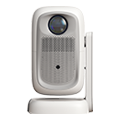
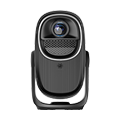



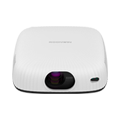
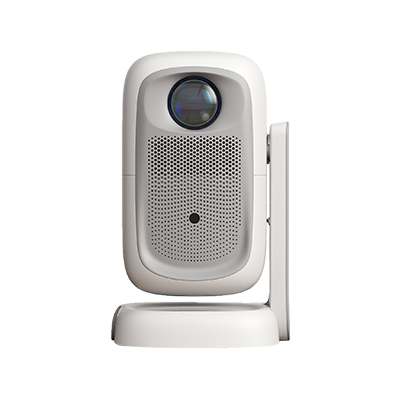
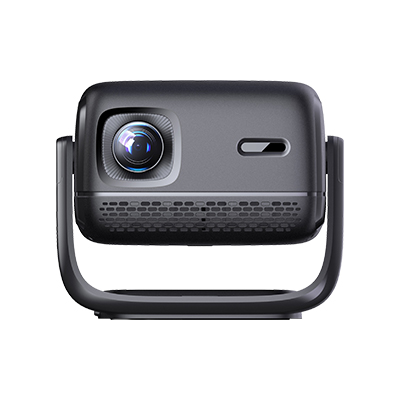
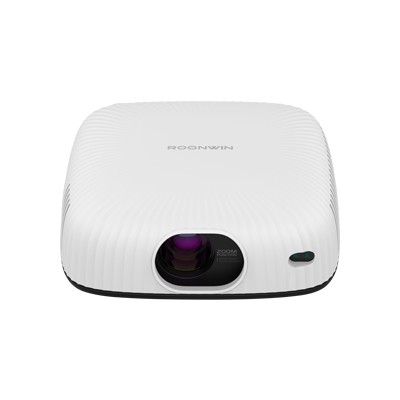









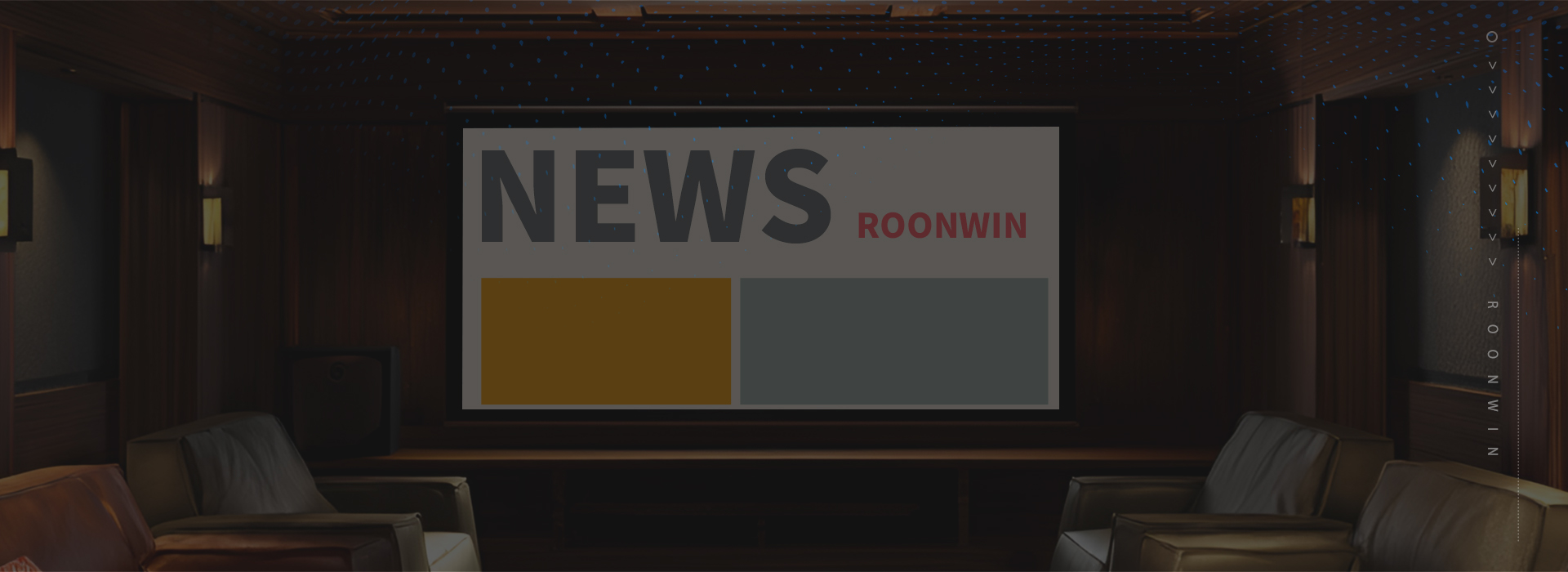
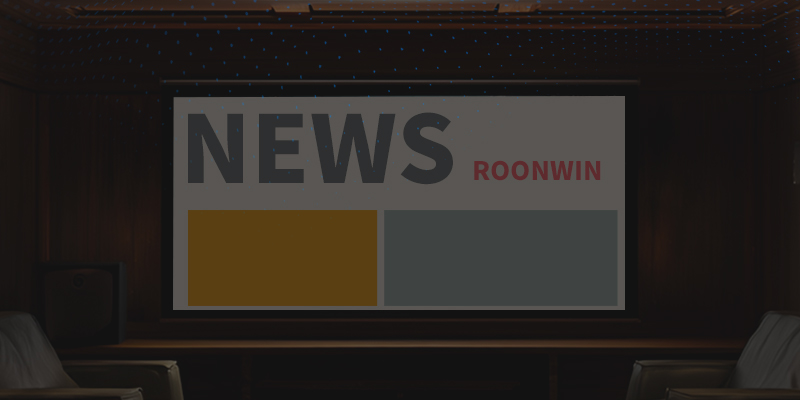
 Reviewed:
Reviewed:











